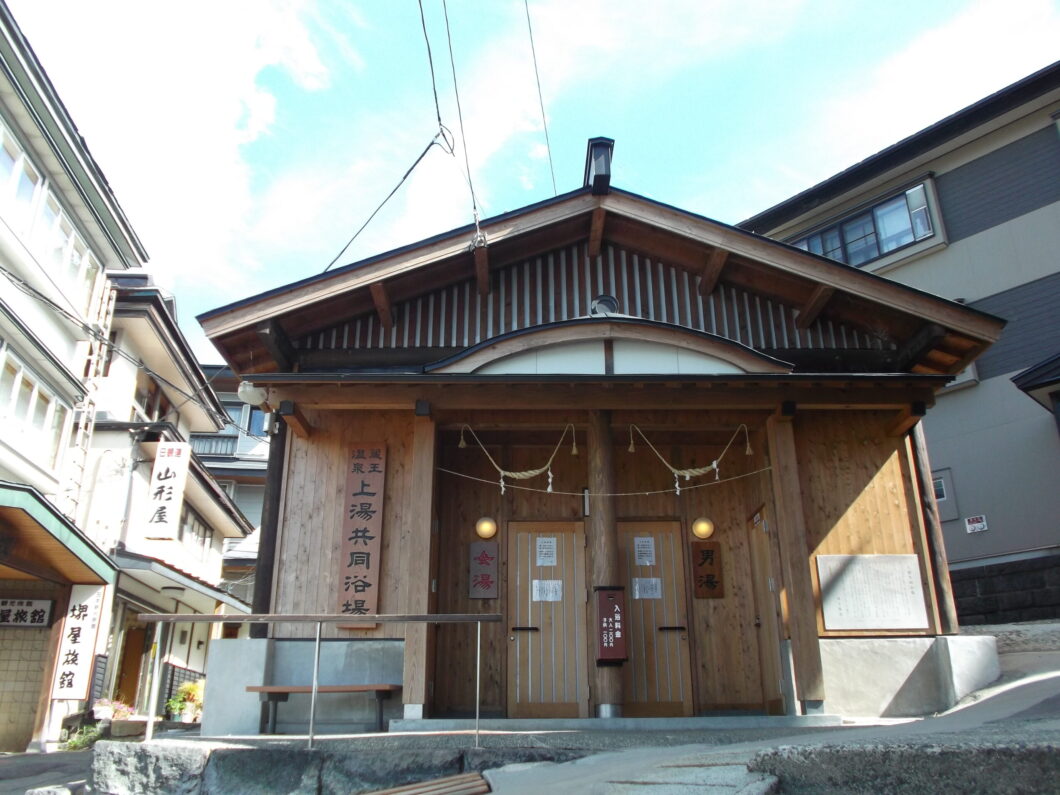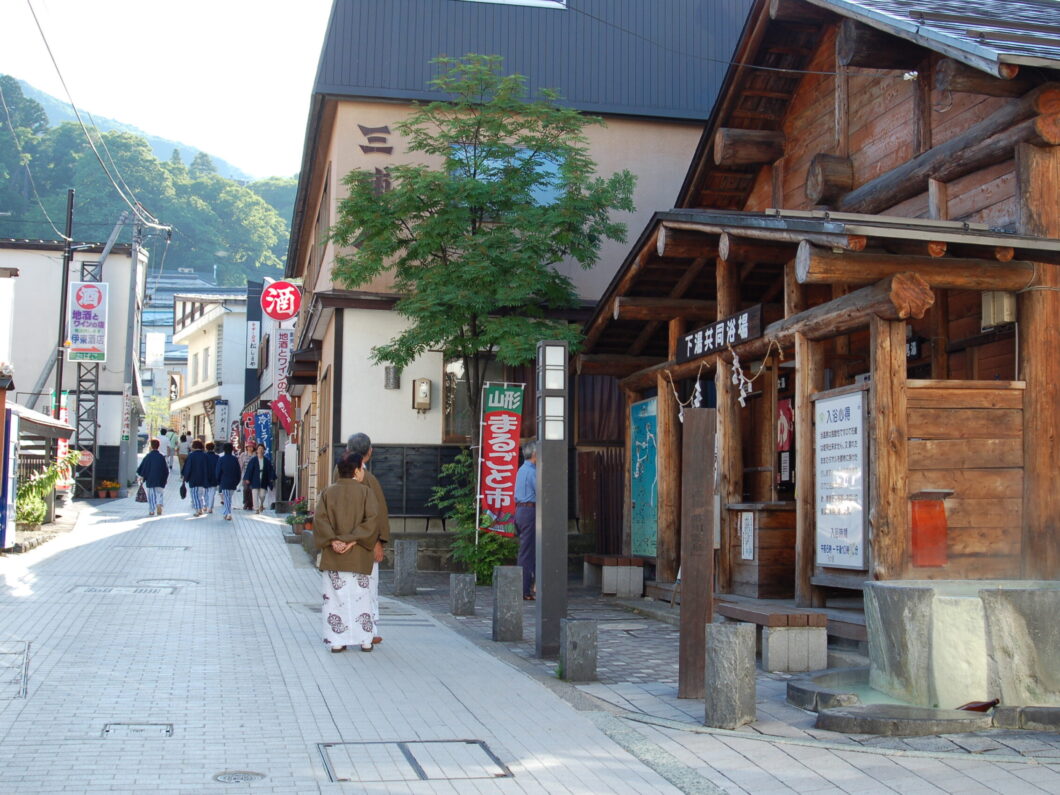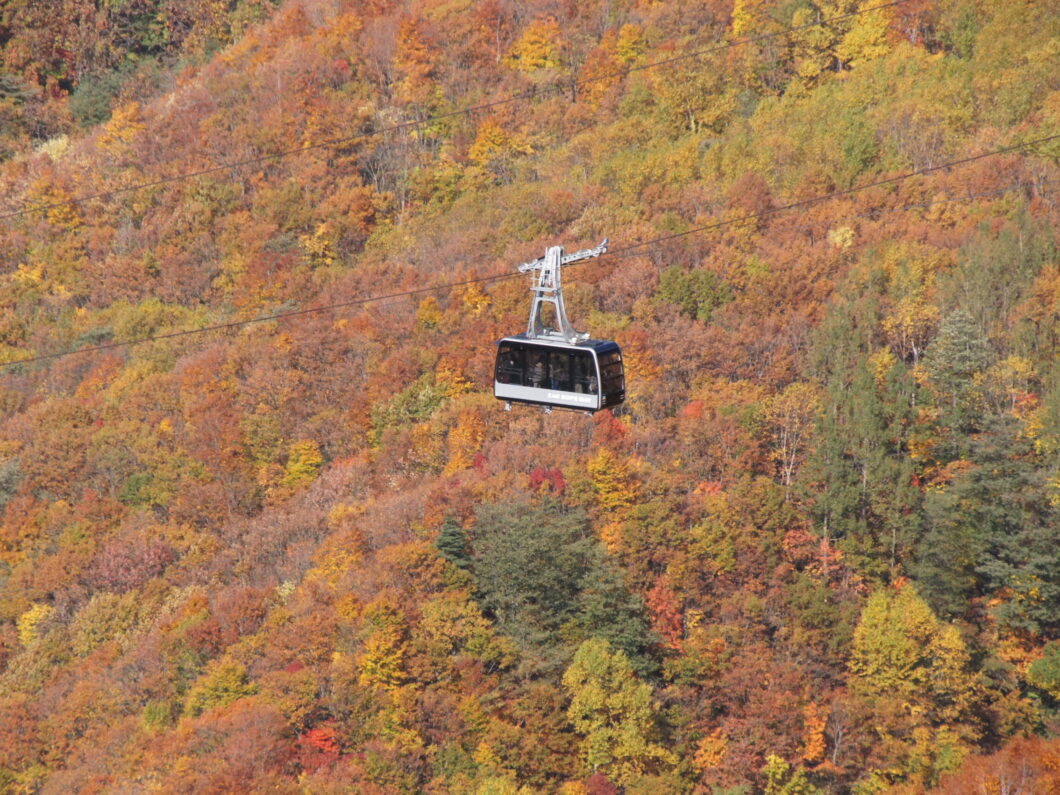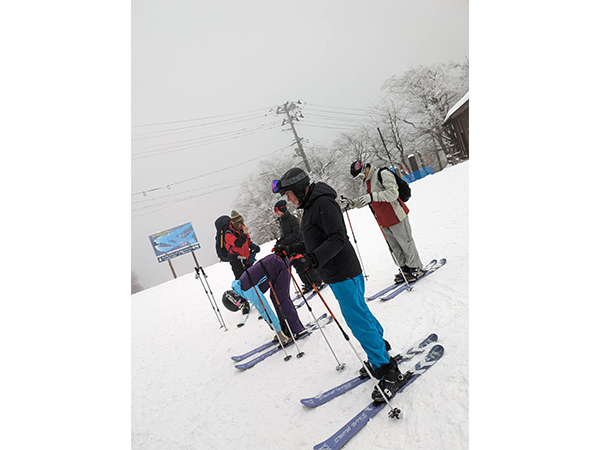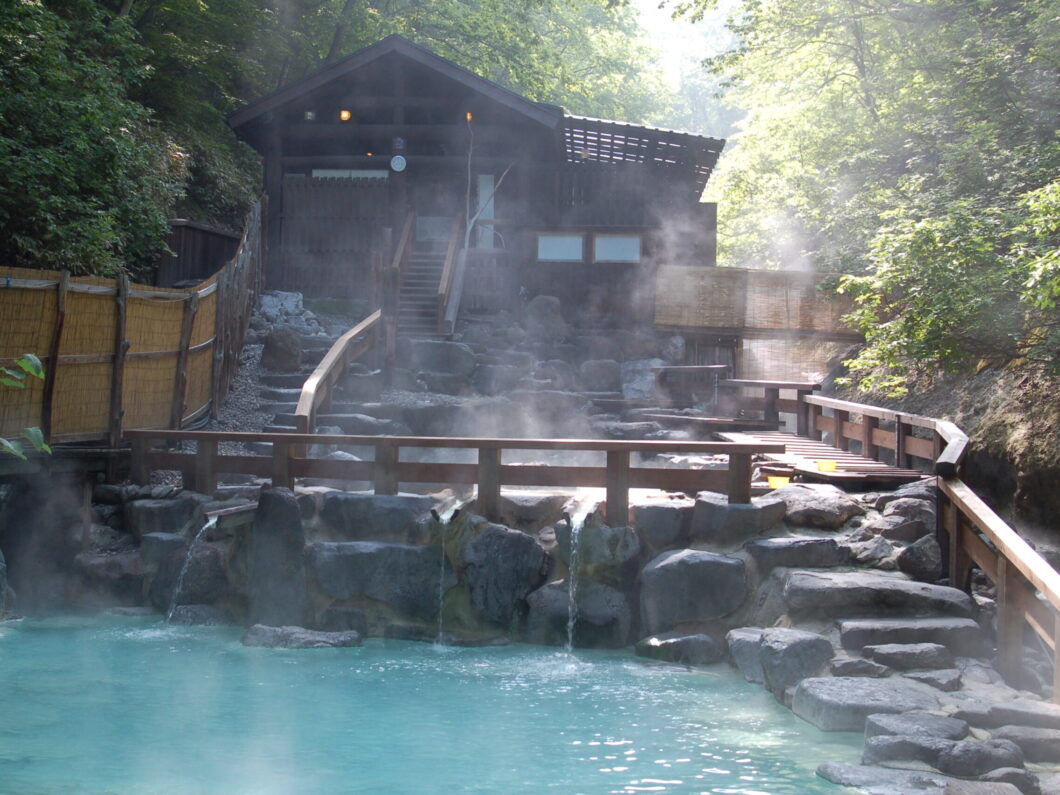Featured
[No. 9] Zao Onsen has a history spanning 1900 years. What is its appeal?
Zao Onsen is said to have been discovered by Kibino Tagayu, who accompanied Yamato Takeru on his eastern expedition, and has a history of about 1,900 years. Although it is only about a 40-minute drive from the center of Yamagata City, it is one of the largest authentic mountain and snow resorts in the Tohoku region, and is popular for its hot springs and spectacular views throughout the seasons.
Zao Onsen Onsen is known for its highly acidic sulfur springs, with a pH of 1.25 to 1.6, the second highest in Japan, but it is also a rare hot spring that contains chloride, sulfate, and iron-containing springs. It is also known as a "beauty bath" because it contains 200mg/kg of metasilicic acid, a natural moisturizing ingredient. It is a "reducing" hot spring that suppresses active oxygen in the body, and together with the antioxidant effects of the sulfur spring, you can expect to feel "rejuvenated."
The abundant amount of hot spring water, which flows naturally at 5,700 liters per minute, is the 7th largest in Japan, and you can enjoy the hot springs to your heart's content at the inns and hotels in the hot spring town, where the aroma of the hot spring wafts through the air. There are also three public baths along Takayu Street: Kamiyu, Shimoyu, and Kawarayu. Reasonably priced, they are also an appealing way for connoisseurs to experience the "life with hot springs" that local residents have come to love.
There are also a variety of other day-use bathing facilities, some with open-air baths and some with hot springs gushing out from under your feet, so we recommend strolling around and checking out the different baths.
From late September, the leaves start to change color near the summit, and the whole mountain takes on a scene that looks like a carefully embroidered woven fabric. There are three ropeways in Zao Onsen, and from any of them you can get a bird's-eye view of the vibrant autumn leaves. After getting off the ropeway, we recommend taking a stroll around Dokko Numa and Iroha Numa, with their beautiful emerald green lake surfaces, while feeling the cool air of the plateau.
Near the hot spring town, there are many spots to see autumn leaves, such as Sukawa Onsen Shrine and Shiginoyachi Swamp, where the autumn leaves reflect beautifully on the quiet lake surface. Another attraction that can only be enjoyed at this time of year is the Zao Onsen Large Open-Air Bath, a symbol of Zao Onsen , where you can bathe surrounded by autumn leaves. The facility is also open at night on some weekends and holidays until October.
Zao Pension Village, located about a five-minute drive from the hot spring town of Zao Onsen, will be holding an autumn open garden from September 28 to October 14. The beauty of the autumn mountain garden, woven with the autumn leaves of the woods, Japanese silver grass, and autumn chrysanthemums, is a must-see.
And when you think of Zao, you think of the winter "frost-covered trees." The standard way to enjoy the area is to take a ropeway and look at the frost-covered trees as far as the eye can see, but in recent years, guided tours to view the frost-covered trees and other scenery using "snow hikes," which combine the best of skiing and snowshoes, have also become popular.
The current frost-covered trees, "Maries' Fir," are dying and global warming is threatening to prevent the formation of frost-covered trees, but efforts such as tree planting are underway to preserve these world-renowned frost-covered trees for future generations. Some accommodations offer accommodation plans that include a donation to help preserve the frost-covered trees of Zao, so why not enjoy the magnificent scenery while helping to preserve the trees?
【basic information】
Zao Onsen Tourism Association Address: 103 Zao Onsen, Yamagata City, 990-2301 (inside Zao Gymnasium)
・Website: http://www.zao-spa.or.jp/

